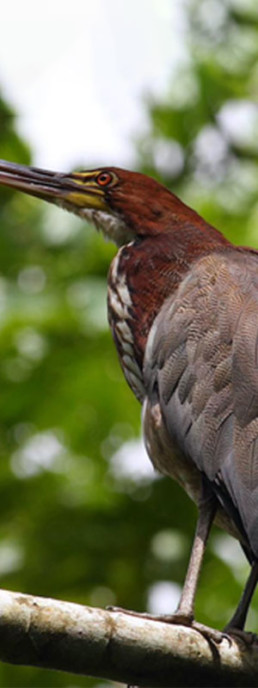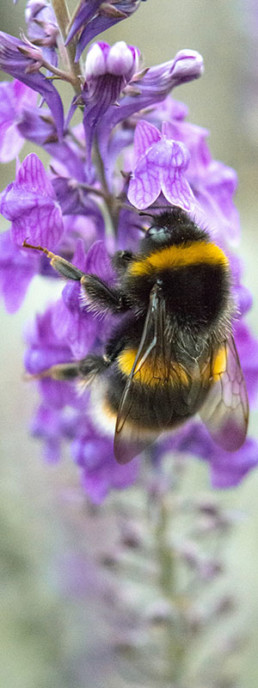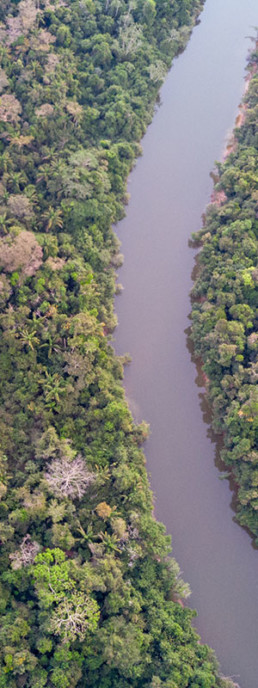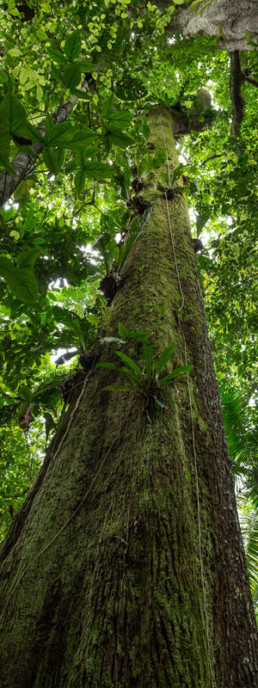Tropical Biodiversity: A Wealth of Life
In a study, a single hectare (100 metres X 100 metres) in the tropical rainforest of Brazil yielded 450 species of tree.
The tropics are home to "biodiversity hotspots" in which we find :
of vascular plant species
35% of vertebrates species
in less than 1.5% of the earth's land.
A single rainforest reserve in Peru is home to more species of birds than are found in the entire United States.

The number of species of fish in the Amazon exceeds the number found in the entire Atlantic Ocean.

One single tree in Peru was found to harbor 43 different species of ant.

The Economic Value of Nature
Tropical forests provide a host of ecosystem services, including protecting watersheds from erosion and evaporation, nutrient cycling and providing habitat for species critical for pollination of crops.
Forests produce clouds and rainfall through evapotranspiration, a process essential for agriculture. The Amazon rainforest, for example, is responsible for rainfall on an intercontinental scale.
$33 trillion
A famous study published in Nature in 1997 estimated the value of ecosystem services worldwide at $33 trillion per year; higher than world GDP at $27 trillion (both figures in 1994 dollars).

Over 75%
of the world’s drinking water comes from forested areas.

One quarter
Existing forests and their soils absorb one quarter of all carbon emissions.

Over 20%
More than 20 percent of all oxygen in the atmosphere is produced in the Amazon Rainforest.

